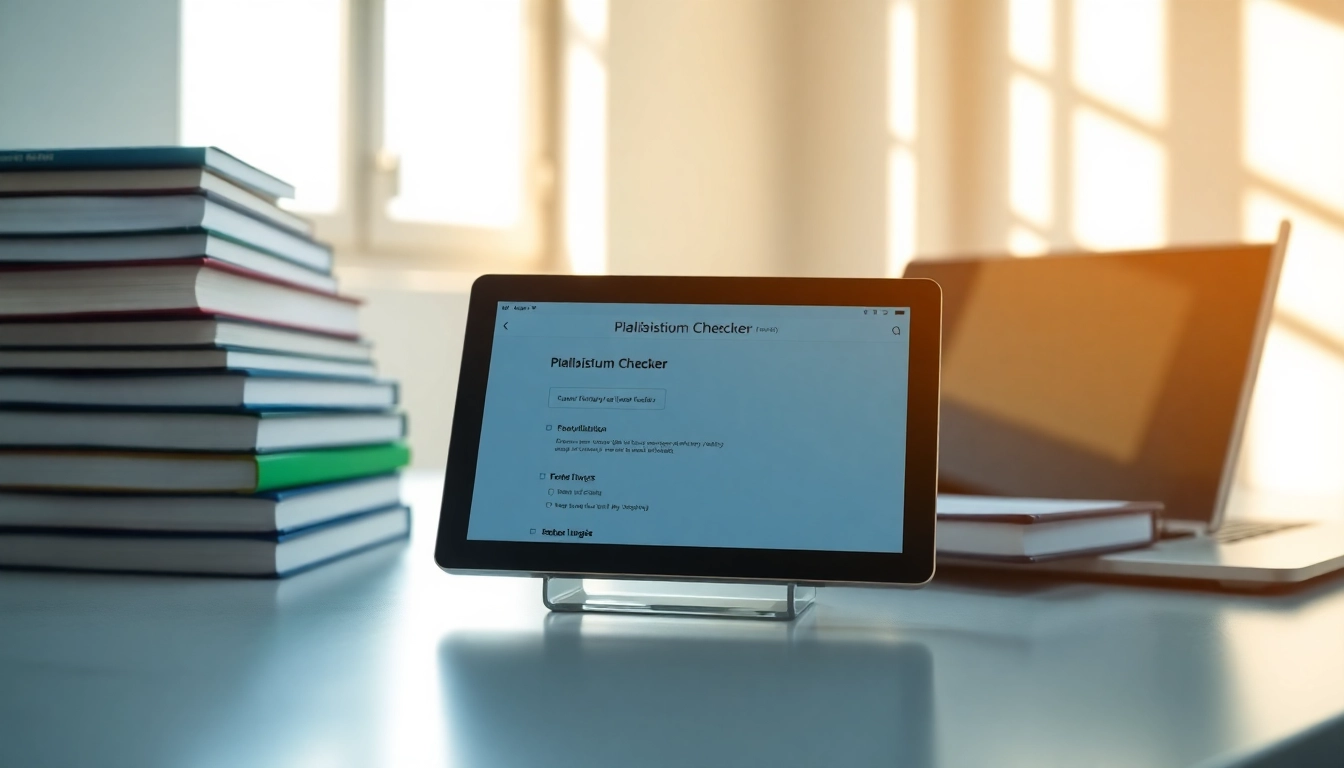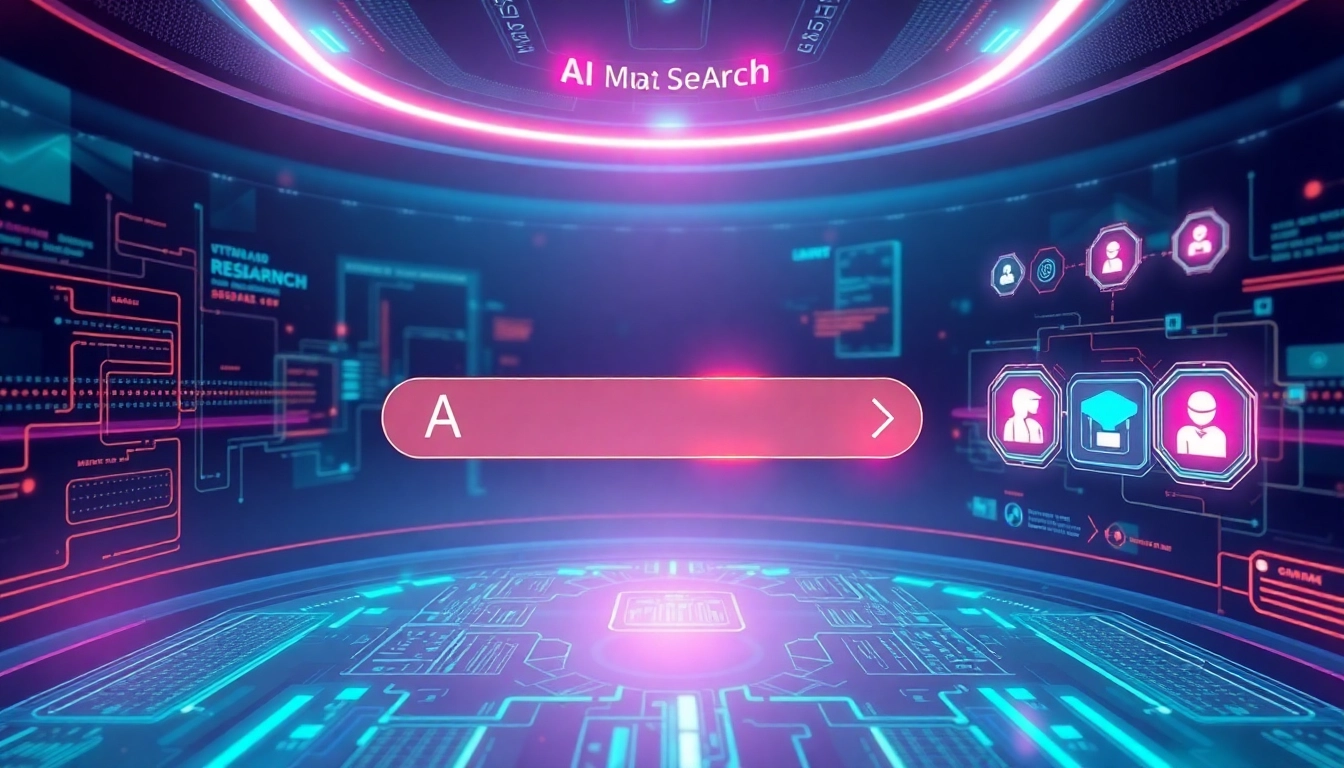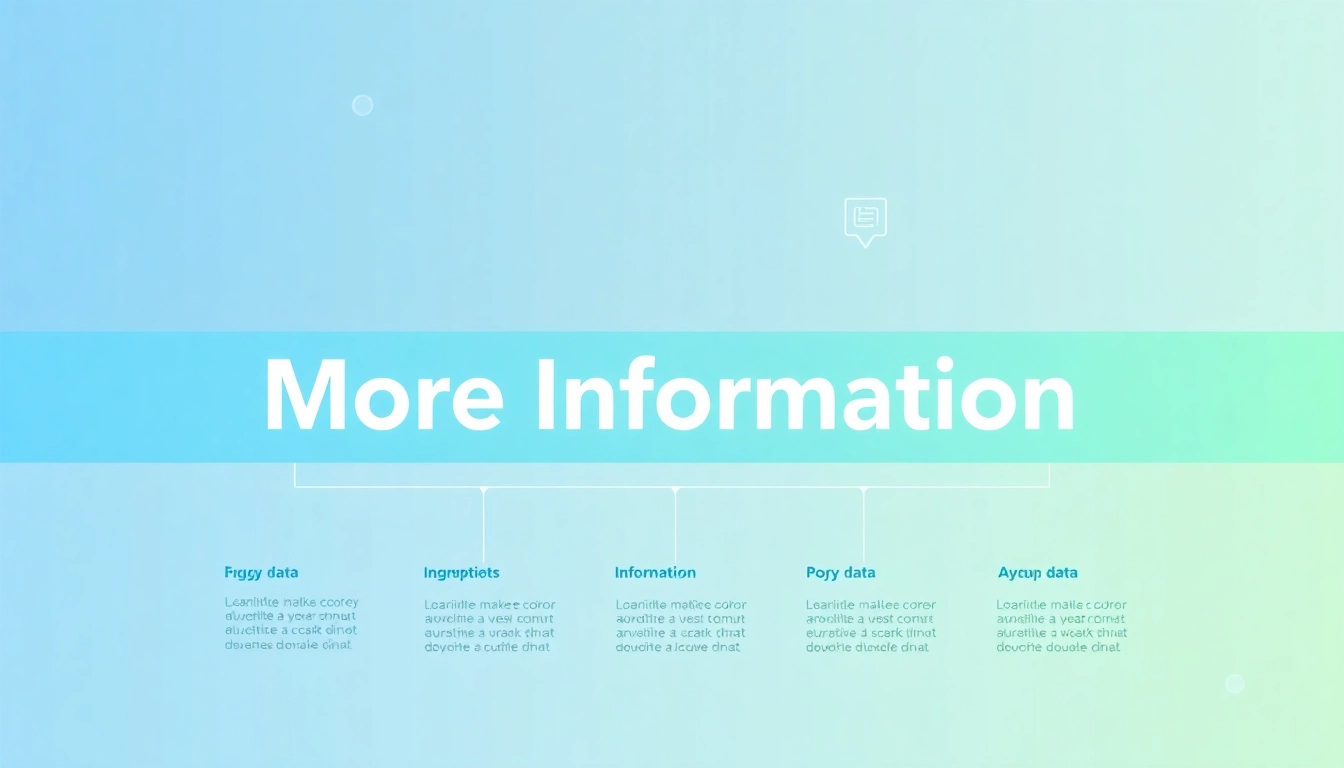Understanding Plagiarism and Its Consequences
What is Plagiarism?
Plagiarism is the act of using someone else’s work, ideas, or expressions and presenting them as your own without proper attribution. This constitutes a breach of academic integrity and ethical principles, leading to severe consequences in both academic and professional settings. The complexity of plagiarism arises not only from the act itself but also from its implications and the varying ways in which it can occur. In essence, it undermines the value of original thought and creativity, which are fundamental to education and knowledge advancement.
Types of Plagiarism
Plagiarism can manifest in various forms, each with its own set of implications:
- Direct Plagiarism: Copying text word-for-word from a source without citation.
- Self-Plagiarism: Reusing previously submitted work in a new context without acknowledgment.
- Mosaic Plagiarism: Interweaving phrases or ideas from a source into your own work without proper citation.
- Accidental Plagiarism: Failing to cite sources correctly, often due to oversight or misunderstanding of citation standards.
- Source-based Plagiarism: Falsifying or misrepresenting the origins of information.
Understanding these types is crucial for students and professionals alike, as it highlights the varying degrees of potential infractions and emphasizes the need for vigilance in academic writing and beyond.
The Impact of Plagiarism on Academics
The ramifications of plagiarism extend far beyond a simple failing grade on an assignment. It can lead to academic probation, suspension, or even expulsion in severe cases. Additionally, plagiarism can tarnish a student’s reputation, affecting future educational opportunities and career prospects. Institutions often employ various methods to deter plagiarism, including implementing stricter policies on academic honesty and investing in technologies such as a plagiarism checker.
Moreover, the impact of plagiarism is not limited to students. Educators who fail to uphold academic integrity can face disciplinary measures, and institutions may suffer a loss of credibility and trust among stakeholders. Therefore, fostering a culture of originality and ethical scholarship is imperative in educational environments.
Introduction to Plagiarism Checker Tools
What is a Plagiarism Checker?
A plagiarism checker is a digital tool designed to identify instances of plagiarism within a given text. By comparing the submitted material against a vast database of sources — including articles, journals, and web pages — these tools can effectively detect similarities and possible instances of unoriginal content. Plagiarism checkers are invaluable for students, academics, writers, and anyone who wishes to ensure the originality of their work.
How Does a Plagiarism Checker Work?
Plagiarism checkers employ sophisticated algorithms to analyze text. The process typically involves several steps:
- Text Submission: Users submit their written content—this might be an essay, article, or research paper.
- Text Processing: The tool breaks the text down into smaller sections or phrases.
- Database Comparison: These segments are then cross-referenced against an extensive database that includes online sources, academic papers, and publications.
- Similarity Report: Once the analysis is complete, the checker generates a report highlighting sections of the text that match existing sources, often providing links to the original content.
Some advanced plagiarism checkers also offer features such as grammar checking, citation assistance, and reports suggesting how to improve originality, making them comprehensive tools for writers.
Benefits of Using a Plagiarism Checker
Utilizing a plagiarism checker offers several advantages:
- Ensures Originality: By identifying unintentional instances of plagiarism, writers can revise their work to ensure it is unique.
- Improves Writing Skills: Frequent use of plagiarism checkers can help individuals recognize common areas where they tend to be unoriginal, thus improving their writing over time.
- Prevents Academic Consequences: By checking for plagiarism before submission, students can avoid penalties associated with academic dishonesty.
- Enhances Credibility: Original work is vital for maintaining credibility and integrity, both personally and professionally.
In today’s digital landscape, where the vast amount of available content can blur the lines between originality and copying, employing a plagiarism checker is a prudent step in maintaining integrity in writing.
Features of a High-Quality Plagiarism Checker
Accuracy and Reliability
One of the most critical features of any plagiarism checker is its accuracy. A high-quality plagiarism checker should not only identify direct copies but also recognize paraphrased content that may not match original sources word-for-word. Furthermore, the reliability of the tool is paramount; users must trust that the results generated are comprehensive and truthful.
Many reputable checkers utilize robust databases that continuously update to include new sources, ensuring that users are provided with the most current assessments of their work.
User-Friendly Interface
A plagiarism checker should feature a user-friendly interface that simplifies the process of checking texts. Users of varying levels of technical expertise should be able to navigate the tool seamlessly. Features such as easy text upload, intuitive dashboards, and clear results presentation enhance the user experience, allowing users to focus more on their writing and less on the technical aspects of the tool.
Comprehensive Reporting
Effective plagiarism checkers provide in-depth reports that not only highlight potential issues but also offer solutions. This includes:
- Detailed similarity percentages and statistics.
- Links to original sources for reference.
- Specific feedback on which sections need revision to improve originality.
- Guidelines for proper citation practices to enhance academic integrity.
Such comprehensive reporting allows users to understand the nature of the flagged content, empowering them to make informed revisions before submission.
How to Choose the Right Plagiarism Checker
Free vs. Paid Options
When selecting a plagiarism checker, users often face the dilemma of choosing between free and paid options. Free plagiarism checkers are helpful for basic checks but may lack the sophisticated algorithms and expansive databases needed for thorough analysis. On the other hand, paid options typically offer more features, including extensive source databases, advanced algorithms, and comprehensive reports.
Ultimately, the choice should be influenced by the user’s specific needs, the volume of work generated, and the importance of maintaining high standards of originality.
Evaluating Performance and Feedback
Before committing to a plagiarism checker, it is advisable to evaluate its performance. This can be achieved through user reviews and testimonials, as well as trials where available. Performance metrics such as processing speed, accuracy rate, and user experience feedback can be instrumental in guiding the decision-making process.
Additionally, many tools provide trial versions that allow users to gauge their effectiveness in real-world scenarios. Potential users should take advantage of these trials to assess the usefulness of the tool in meeting their specific needs.
Considerations for Different Types of Users
Different user demographics may require distinct features from a plagiarism checker:
- Students: May seek tools that are cost-efficient yet robust enough to handle academic papers. Features like citation assistance can be particularly beneficial.
- Professionals and Researchers: Often can invest in more advanced, comprehensive solutions that offer thorough analyses and detailed reporting metrics to protect their intellectual property.
- Educators: May need tools that not only check for plagiarism but also provide instructional materials or reporting capabilities for classroom use.
By considering the unique requirements of different user types, an ideal plagiarism checker can be selected to cater to various needs, ultimately enhancing the writing process.
Best Practices for Avoiding Plagiarism
Effective Research Strategies
Conducting thorough research is the cornerstone of producing original content. Here are some best practices:
- Organize Your Research: Utilize tools such as citation managers to keep track of sources and easily reference them later.
- Understand Your Sources: Engage deeply with your sources, summarizing information in your own words rather than relying heavily on quotes or paraphrasing.
- Diversity of Sources: Utilize a broad array of sources to gather a well-rounded perspective on the topic, which can inspire original ideas and prevent unintentional copying.
Citing Sources Properly
Proper citation is essential in distinguishing your original ideas from borrowed ones. Follow these guidelines:
- Familiarize Yourself with Citation Styles: Understanding formats such as APA, MLA, or Chicago can help ensure your citations are appropriately formatted.
- Always Provide Attribution: Whenever you use another’s ideas, whether paraphrased or quoted, make sure to credit the original source.
- Use Citation Tools: Leverage online citation generators or reference management software to streamline the citation process.
Creating Original Content
Original content creation is not solely about avoiding plagiarism; it is also about developing unique perspectives and insights. Here are strategies to foster originality:
- Brainstorm Unique Ideas: Take time to reflect on personal experiences or insights that can enrich your topic.
- Use Outlining Techniques: Structuring your writing before diving into drafting can help organize thoughts and ensure a coherent flow of original ideas.
- Revise and Edit: Review your work critically. Editing not only improves clarity but also provides an opportunity to remove any unintentional copying.
By implementing these best practices, writers can significantly reduce their chances of engaging in plagiarism while enhancing the quality and integrity of their work.



